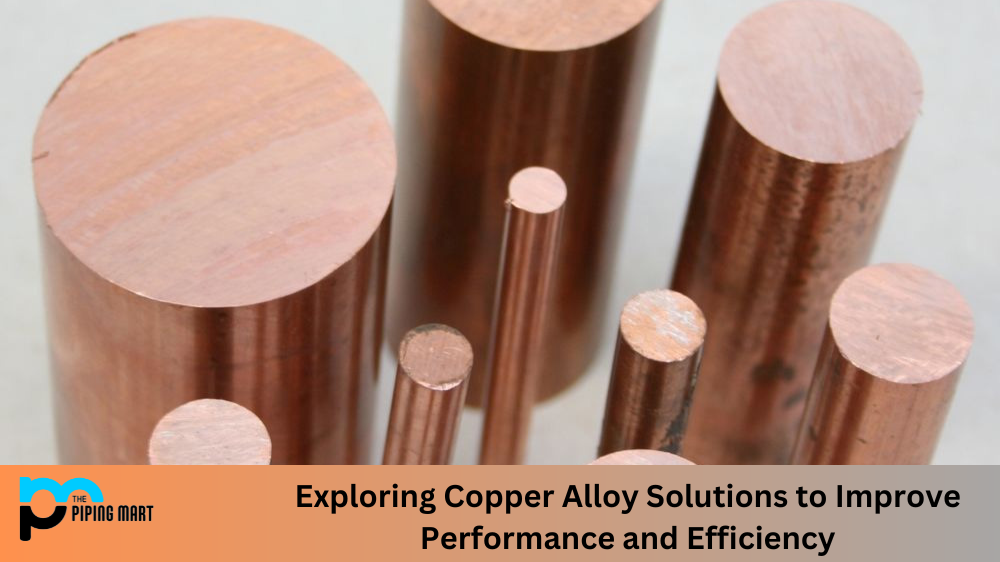Steel is one of the most durable and reliable materials in various industries. It is used to construct buildings, cars, aeroplanes, etc. However, not all steel types are the same. Two of the most commonly used types are 1045 and 1050 steels. While they may seem similar, there are significant differences between them. This article sheds some light on the differences between 1045 and 1050 steel.
Difference Between 1045 and 1050 Steel
1045 and 1050 are both types of carbon steel. Carbon steel is a metal alloy made of iron and carbon. The main difference between 1045 and 1050 steel is that 1045 steel has a lower carbon content than 1050 steel. Carbon steel is classified as low-carbon steel, meaning it has less than 0.3% carbon content.
Composition
Firstly, let’s discuss the composition of these two types of steel. 1045 steel is a carbon steel alloy containing up to 0.45% carbon. Meanwhile, 1050 steel has a carbon content of up to 0.5%. Although the difference in carbon content is minimal, it can significantly impact the physical properties of the steel. The extra carbon content in 1050 steel results in a more complex and robust material that is better at withstanding fatigue and wear.
Physical Properties
When it comes to toughness, 1045 steel takes the lead. It has higher tensile strength, which means it can withstand more tension and pressure without breaking. This property is an excellent choice for gears, axles, and other heavy-duty machinery. In contrast, 1050 steel may not be as challenging but is more wear-resistant. This makes it an ideal option for blades, cutting tools, and other applications that require sharpness and precision.
Uses
1045 and 1050 steel sheets are often used for applications such as shafts, gears, sprockets, and other machinery parts requiring high strength. They can also be used for making knives, as they have good edge retention and wear resistance. Additionally, these steels can be heat treated to improve their hardness and strength even further.
Mechanical Properties
Both 1045 and 1050 sheets of steel have good mechanical properties. They are both ductile, meaning that they can be easily formed into shapes such as wires or tubes without breaking. They also have good weldability, which can be quickly joined using welding methods such as arc or gas welding.
Heat Treatment
Another essential factor to consider is the heat treatment of these steels. Heat treatment can significantly alter the mechanical properties of steel. In the case of 1045 steel, it can be easily heat-treated to enhance its strength and hardness. On the other hand, the high carbon content in 1050 steel makes it challenging to heat-treat. Therefore, it is usually used in its normalized or annealed state.
Cost
In terms of cost, 1045 steel is generally cheaper than 1050 steel. This is because it is more widely available and commonly used. The extra cost of 1050 steel is due to its higher carbon content, which makes it more challenging and costly to produce.
Conclusion
In conclusion, while these two types of steel may seem similar, they have distinct differences that make them better suited for specific applications. The higher toughness and strength of 1045 steel make it a better fit for heavy-duty machinery, while the increased wear resistance of 1050 steel makes it an ideal choice for blades and cutting tools. The carbon content of the steel also plays a crucial role in its physical properties, and the ability to heat-treat and the cost of production are essential factors to be considered. Ultimately, choosing between 1045 and 1050 steel depends on the specific needs of your project.

A passionate metal industry expert and blogger. With over 5 years of experience in the field, Palak brings a wealth of knowledge and insight to her writing. Whether discussing the latest trends in the metal industry or sharing tips, she is dedicated to helping others succeed in the metal industry.




